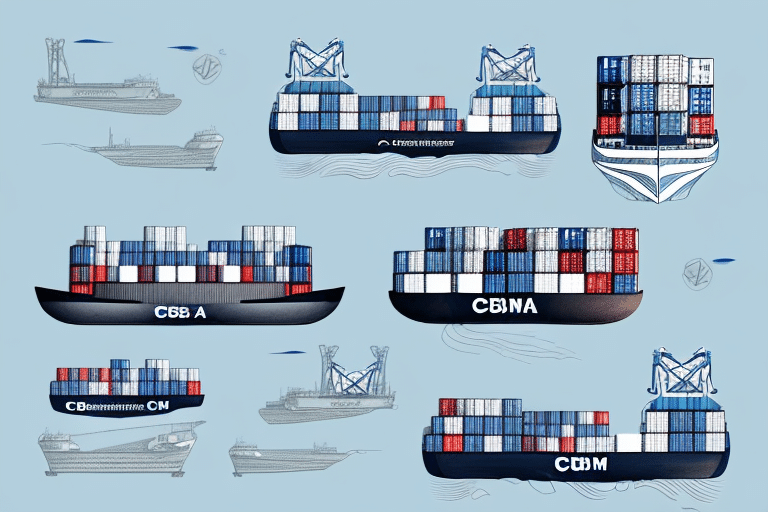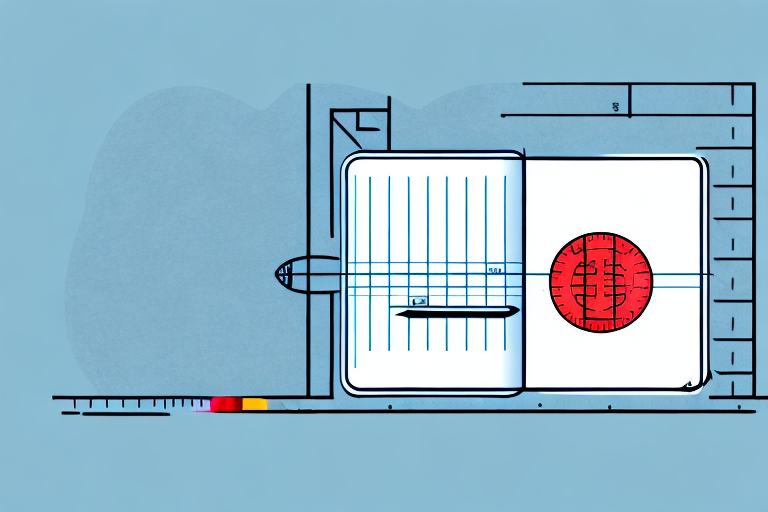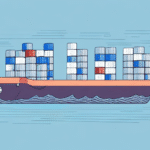What Is CBM in Freight? An In-Depth Measurement System Overview
If you're involved in freight shipping, you’ve likely encountered the term CBM, or Cubic Meter. CBM is a crucial measurement system widely used in the logistics industry to determine the volume of cargo. But what exactly is CBM, and why is it so essential? This article provides a comprehensive overview of CBM in freight shipping, exploring its significance, history, and role in calculating shipping costs.
Understanding the Importance of CBM in Freight Shipping
Defining CBM and Its Role
CBM stands for Cubic Meter, a metric unit used to measure the volume of cargo. It calculates the amount of space that cargo occupies in a container or truck, allowing freight companies to optimize resource utilization effectively.
Preventing Overloading and Ensuring Safety
One major advantage of using CBM is preventing cargo overloading, which can lead to safety hazards, cargo damage, and legal penalties. Accurate CBM measurements help freight companies adhere to weight limits and maintain vehicle integrity.
Accurate Pricing and Cost Efficiency
CBM measurements enable freight companies to price shipments based on the exact space required. This ensures customers pay fairly for the space they use, while companies avoid losses from underestimating space needs.
According to the Inbound Logistics, accurate volume measurements can lead to significant cost savings and increased efficiency in freight operations.
The History and Evolution of CBM in Freight Transportation
Origins and Early Development
The concept of measuring cargo volume using CBM dates back to the 1800s, initially developed to enhance the efficiency of loading and unloading ships. Over time, CBM has evolved, incorporating various units and calculation methods to improve accuracy.
Technological Advancements
Advancements in technology have streamlined CBM measurements, making them more precise and easier to compute. Modern software and sensor-based systems enable real-time CBM calculations, enhancing operational efficiency.
Modern Usage and Future Prospects
Today, CBM is a standard in the freight industry. As global trade expands, the demand for accurate and efficient CBM measurements continues to rise. Future developments are expected to integrate AI and automation, further refining CBM accuracy.
How CBM Determines Shipping Costs
Space-Based Pricing Models
Shipping costs are often calculated based on the volume of space a shipment occupies. By knowing the CBM, freight companies can provide precise cost estimates, ensuring transparency and fairness in pricing.
Optimizing Cargo Space
Accurate CBM allows shippers to maximize container or truck space usage, reducing the need for multiple shipments and lowering overall transportation costs.
Preventing Costly Mistakes
Proper CBM calculation helps identify potential issues such as inadequate space or overloading, preventing delays and additional expenses related to cargo damage or regulatory fines.
Industry reports from DHL emphasize the importance of accurate CBM in cost management and operational efficiency.
CBM vs. Other Measurement Systems: Pros and Cons
Comparing Measurement Methods
- Weight Measurement: Simple and straightforward but doesn't account for cargo volume, which can be problematic for lightweight but bulky items.
- Linear Measurement: Ideal for long, narrow items but time-consuming and less effective for irregularly shaped cargo.
- CBM: Provides accurate volume measurements, making it preferred for diverse cargo types and optimal space utilization.
Advantages of Using CBM
- Enhanced accuracy in volume measurement
- Better space optimization
- Fair and transparent pricing based on actual space used
Limitations of CBM
- Requires precise measurement tools and techniques
- May not account for weight-specific constraints
Common Mistakes to Avoid When Calculating CBM for Freight
Incorrect Cargo Measurements
Mistakes often occur due to inaccurate measurements of cargo dimensions. Using standardized measuring tools and verifying measurements can prevent such errors.
Ignoring Packaging and Empty Space
Not accounting for packaging materials and empty space within containers can lead to overestimation or underestimation of needed space. Always include these factors in your CBM calculations.
Neglecting Cargo Density
Different cargo types have varying densities. Failing to consider this can result in inaccurate CBM values, impacting shipping costs and cargo safety.
For detailed guidelines on accurate CBM calculations, refer to the World Shipping Council.
Tips for Accurately Measuring CBM in Your Freight Shipment
- Use Reliable Measuring Tools: Invest in precision tools like digital tape measures or laser distance meters to ensure accurate measurements.
- Measure with Packaging: Always measure cargo in its final packaged state to account for any additional space required.
- Consider Irregular Shapes: Break down irregularly shaped items into smaller, manageable sections and calculate each part's volume separately.
- Account for Container Space: Include necessary empty space for proper cargo securing and movement within containers.
- Double-Check Calculations: Always verify your CBM calculations to prevent errors that could lead to increased costs or shipment delays.
Implementing these tips ensures accurate CBM measurements, enhancing shipment efficiency and cost-effectiveness.
Converting CBM to Other Units of Measurement
Metric to Imperial Conversions
While CBM is a metric unit, conversions to imperial units like cubic feet or cubic inches are sometimes necessary:
- Cubic Meters to Cubic Feet: Multiply CBM by 35.3147 to get the value in cubic feet.
- Cubic Meters to Cubic Inches: Multiply CBM by 61023.7 to obtain cubic inches.
Ensure you use accurate conversion rates or reliable online calculators for precise results.
For more on unit conversions, visit the Unit Converters website.
Real-World Examples of CBM Calculations in Action
Furniture Transportation
When shipping furniture internationally, CBM calculations determine the necessary space in containers, ensuring safe and efficient transport.
Electronics and Vehicles
Accurate CBM measurements are critical for transporting electronics and vehicles, where precise space allocation prevents damage and optimizes costs.
Construction and Manufacturing Industries
In construction, CBM helps estimate material quantities, reducing waste and maintaining project budgets. In manufacturing, it assists in planning raw material volumes, streamlining production processes.
Case studies from the Logistics Management highlight the practical applications and benefits of CBM in various industries.
How Technology is Revolutionizing CBM in Freight Shipping
Advanced Software Solutions
Modern software programs automate CBM calculations, reducing human error and increasing efficiency in volume measurements.
Sensor-Based Systems
Sensors and IoT devices provide real-time data on cargo dimensions and conditions, enhancing the accuracy and reliability of CBM measurements.
Real-Time Tracking and Transparency
Technological advancements enable real-time tracking of shipments, offering transparency and improving accountability throughout the shipping process.
According to Forbes Technology Council, these innovations are transforming the freight industry, making CBM more efficient and integrated with overall logistics operations.
The Future of CBM: Trends and Predictions
Integration with Artificial Intelligence and Automation
AI and automation are set to enhance CBM accuracy and efficiency, enabling smarter volume calculations and predictive analytics in freight management.
Focus on Sustainability
Optimizing cargo space through precise CBM measurements contributes to sustainability by reducing the number of shipments and minimizing the carbon footprint of freight transportation.
Enhanced Data Analytics
Future CBM applications will leverage big data and analytics to provide deeper insights into shipping patterns, helping companies optimize their logistics strategies.
Industry experts from the U.S. Department of Transportation predict that these trends will make CBM an even more integral tool in freight transportation.
Conclusion
CBM is an indispensable measurement system in the freight industry, vital for determining shipment space, calculating shipping costs, and optimizing resource use. While other measurement systems have their place, CBM's accuracy and versatility make it the preferred choice for many freight companies. As the industry advances, CBM is poised to become even more sophisticated, solidifying its role as a foundational tool in efficient and cost-effective freight transportation.




















